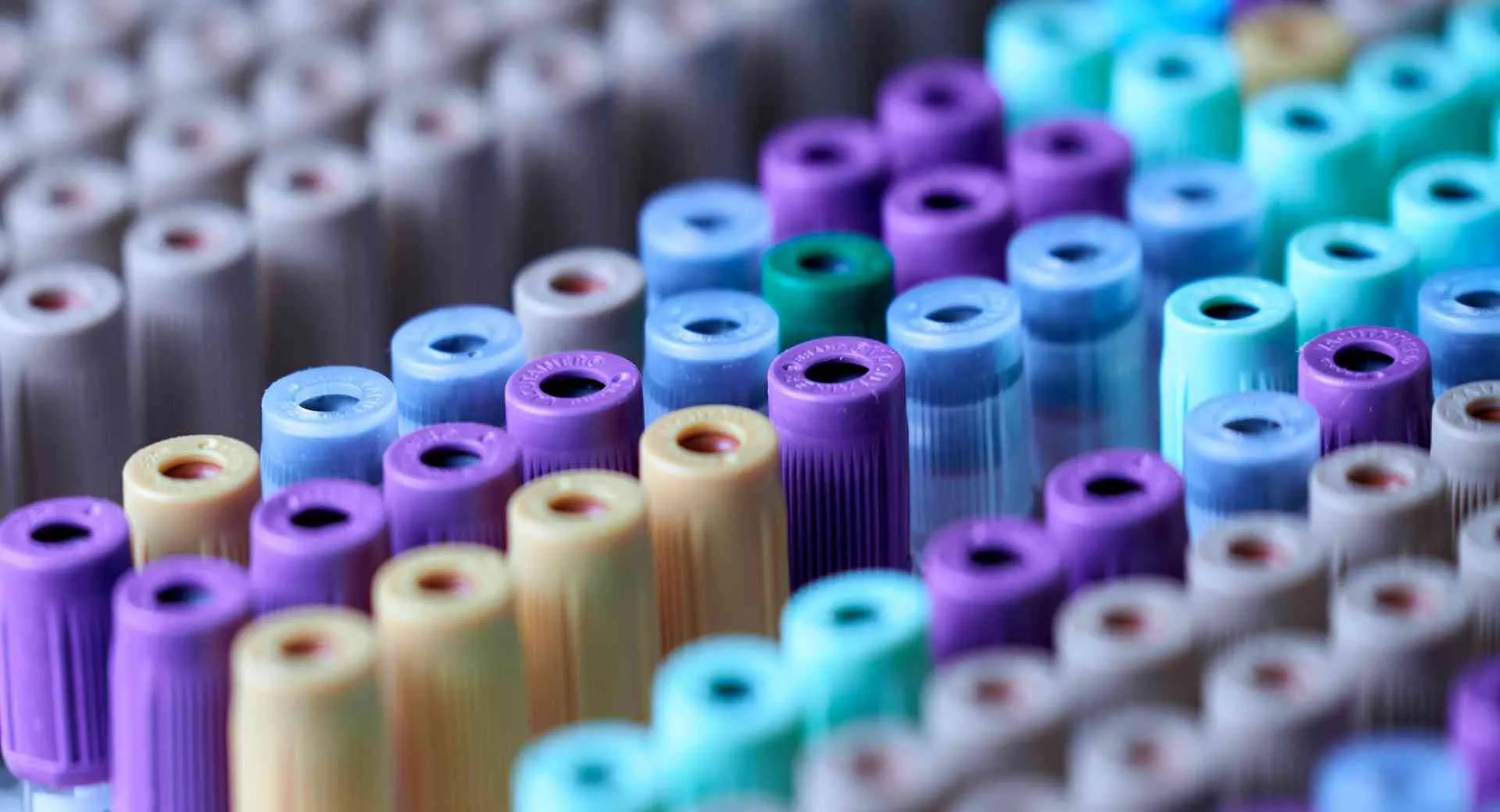Description
Hyaluronate Biotin is Hyaluronic Acid labeled with biotin through an amide bond. Purity: >95% lyophilized powder.
Standard Degree of substitution (DoS): 1 mol % substitution. Custom DoS products may also be listed for ordering and the custom DoS % is listed in the catalog number and product name. Other biotin labeling ratio such as 10% can be ordered through custom synthesis.
Synonyms: HA, hyaluronate, hyaluronan.
Properties
Name and Source: Hyaluronic acid (HA, Hyaluronan, Hyaluronate) is an anionic, non-sulfated glycosaminoglycan distributed widely throughout connective, epithelial, and neural tissues. CAS# 9004-61-9. Our HA products are produced via microbial fermentation. See Documents section for details.
Appearance: White lyophilized powder.
Solubility: Soluble in water and the solubility data varies with MW. Higher MW results in lowered solubility. Typically solubility ranges 5-50 mg/mL, that is, 0.5%-5%. Buffered solution at pH >6 enhances solubility due to deprotonation of carboxylic acid groups and formation of carboxylate salts. HA derivatives with hydrophobic groups will lower the solubility in water, and adding alcohol or DMSO to an alcohol-water or DMSO-water mixture can dramatically improve the solubility up to 200 mg/mL (20%).
Degree of Substitution (DoS): The standard DoS is 1% by default. Product variants with special DoS other than 1% is indicated in the product name and catalog number. For example, HA-635-2% means that the DoS is 2% for this particular product.
The substitution or labeling ratio is the percentage of HA disaccharide monomers that are functionalized with the functional groups. You may calculate the number of functional groups in each HA polymer chain by 1) dividing the MW of HA by the MW of one disaccharide monomer to derive the number of disaccharide monomers in HA; 2) then multiple the number of disaccharide monomers by the labeling ratio or DoS to get the number of functional groups in each HA polymer. See Documents section for details.
References
1. Structural basis of laminin binding to the LARGE glycans on dystroglycan, Nature Chemical Biology12,810-814(2016), Text.
2. Clearance kinetics of biomaterials affects stem cell retention and therapeutic efficacy. Biomacromolecules 15.2 (2014): 564-573. Text.
3. Biotinylated hyaluronic acid: a new tool for probing hyaluronate-receptor interactions. Bioconjug Chem., 1994, 5(4):370-2.
4. Single-molecule mechanical measurements of the hyaluronan-aggrecan bottle brush, Biomolecules, 2019, arXiv:1910.13576 [q-bio.BM]
5. Active targeting of cancer cells by CD44 binding peptide-functionalized oil core-based nanocapsules, RSC Adv., 2021, 11, 24487-24499, Text.
Click here to view an expanded list of hundreds of publications citing Creative PEGWorks products.


